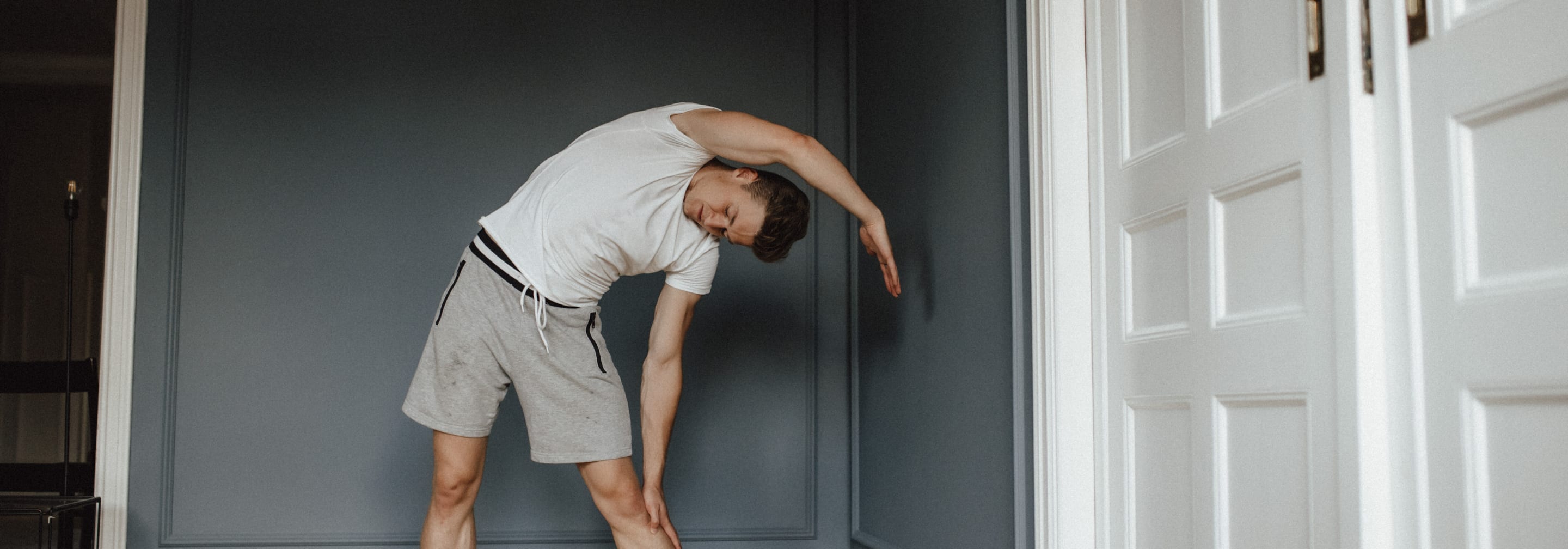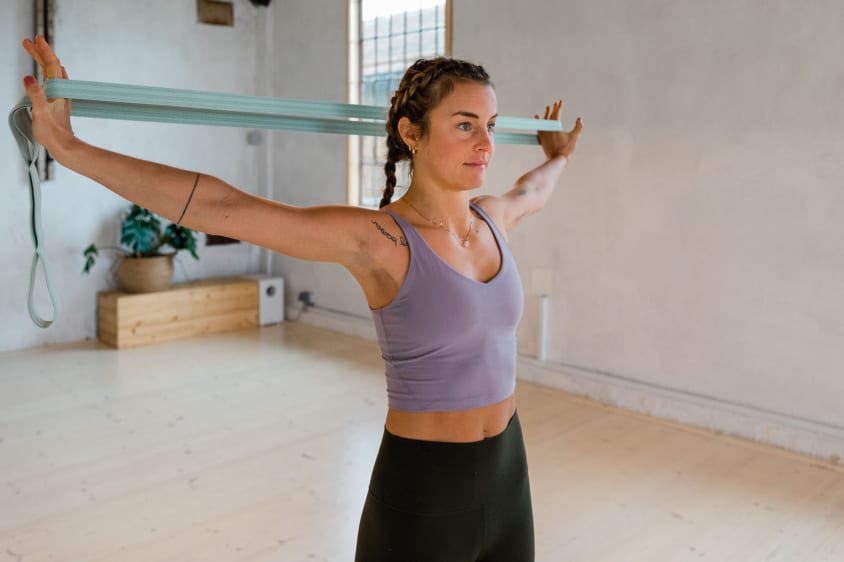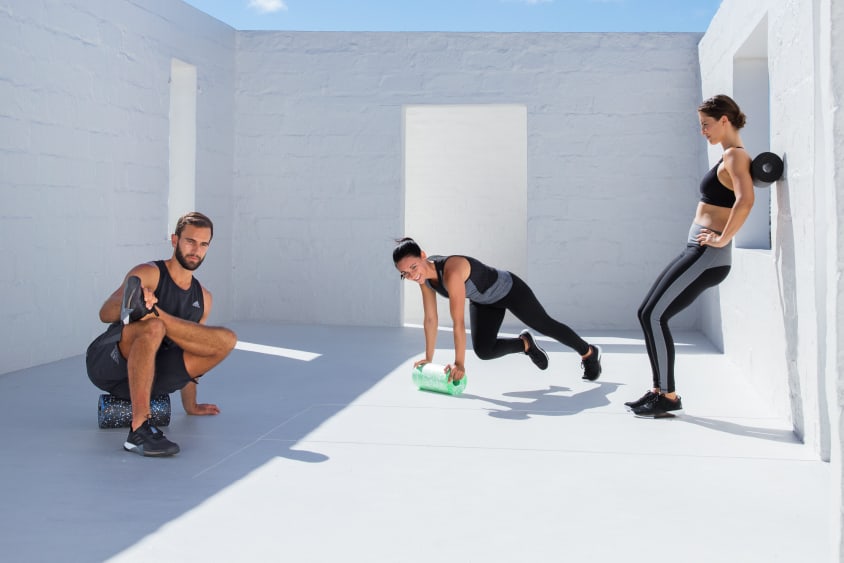
Fascial stretch – How it works and the benefits of fascia stretching

Fascia is fibrous connective tissue that performs various functions and is comprised of many parts. Our fascia require different movements in order to stay supple. Static stretching targets some of our fascia, but not all. During a fascial stretch, we stretch our fascia in all directions, straightening out our web of connective tissue to create balance in the body. Find out in the following what fascia stretching means, how it differs from classic stretching and the benefits for you.

What is fascia stretching?
If you stretch out as long as you can in bed before getting up in the morning, you'll get an idea of what a fascial stretch is. It involves a new method of stretching that also incorporates strengthening and mobilisation. It targets the muscle fascia chains and not just individual, isolated muscle groups. The long muscle chains are stretched in all directions until they reach their final position and are then placed under tension. Image that you're in a stretch position while attempting to stretch and lengthen yourself in various directions. The aim of fascia stretching is to bring the collagen fibres (part of our fascia) into a grid-like web. We achieve this through multidirectional stretching motions used in fascia stretching.
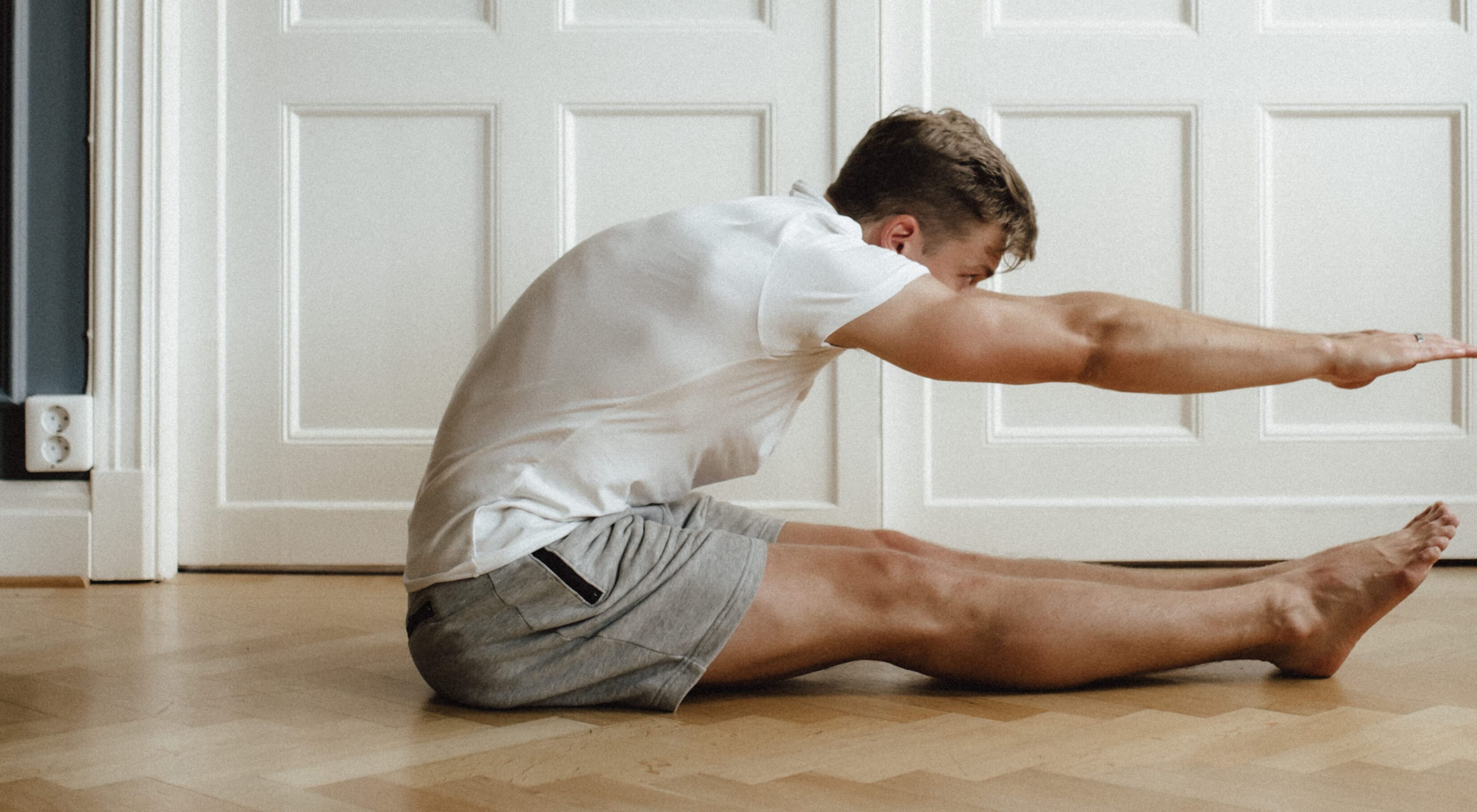
What is the difference between fascial stretching and traditional stretching?
The aim of fascial stretching is to make your tissue more elasticated and durable at the same time. Fascial stretching involves gentle and pulsating movements. The movements aren't rigid but are light and playful. From the outside, it looks like a flowing movement. You rock into it. It therefore doesn't involve a static stretch held for long periods of time but rather building up the initial tension and lengthening your muscles. Tension is added by letting yourself sink into each postition. The main difference to traditional stretching is the change of vector: the fascia love to be pulled and stretched in all possible directions.
Why? It all goes back to the principle of tensegrity. The idea of flabby connective tissue without a specific function has completely changed. It has now been scientifically proven that fascia form a finely woven web that surrounds and permeates all of the muscles, bones and organs. The tissue should be elastic, absorbing water like a sponge. They also provide stability. Fascia researchers are convinced that the bones of our skeletal structure would collapse if the fascia weren't there to hold them in place.
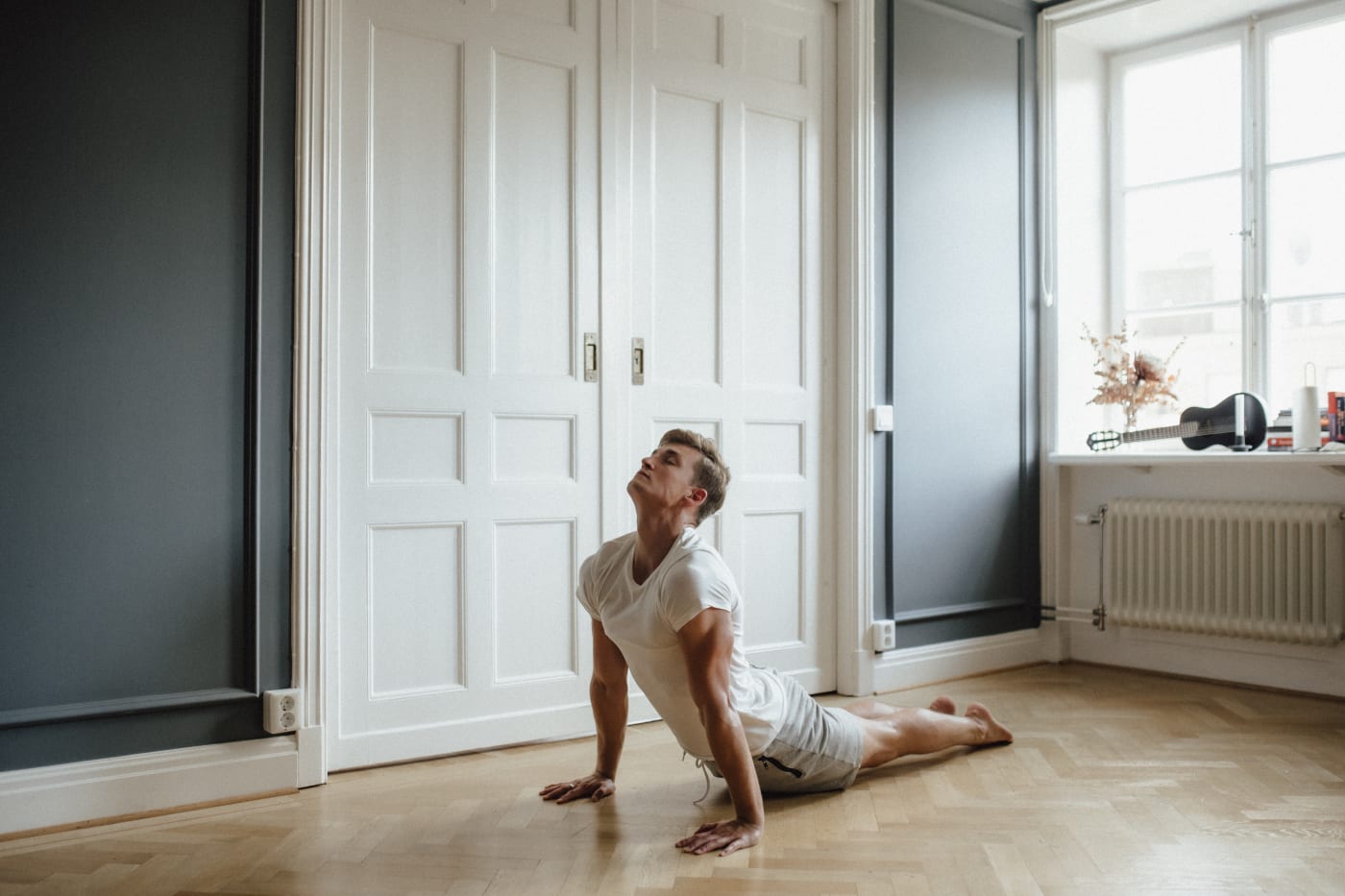
Fascial Stretch

Classic stretching
03 What happens if you don't stretch?
If fascial structures aren't used or are only used on one side, as a result of long periods spent sitting or only using your right hand, the tissue no longer optimally absorbs moisture and nutrients don't reach all the places they should. The tissue crystallises, similar to when runny honey turns hard. You'll notice that you feel less flexible in general, stiffer and possibly with pain in certain areas. The fascia become glued. In colloquial terms, we often hear people talk about shortening.
04 What does fascia stretching achieve?
If you stretch in this special way, you'll stimulate the fascia's automatic functions: tension is released, adhesions loosen up and your tissue becomes more supple. This is ideal as a warm-up before sport or for relieving pain. The more you incorporate the entire muscle fascia chain, the better the results.
By using a long-chain, three-dimensional fascia stretch,
- you'll create space in the joint areas,
- boost your metabolism
- promote regeneration,
- achieve greater overall flexibility
- and suppleness throughout your entire body.

Fascial stretch and the phenomenon of pandiculation
Pandiculation, more commonly referred to as "stretch like a cat" is best explained by watching a pet waking up from a snooze and preparing to stand up. It's also a specialist term for a specific type of stretching, using the pet stretching analogy. The feline predator or domestic dog adopts a position and actively stretches themself. They actively press their paws into the ground to automatically create a counterstretch in the core and back legs. This is similar to the "downward dog" position in yoga.
